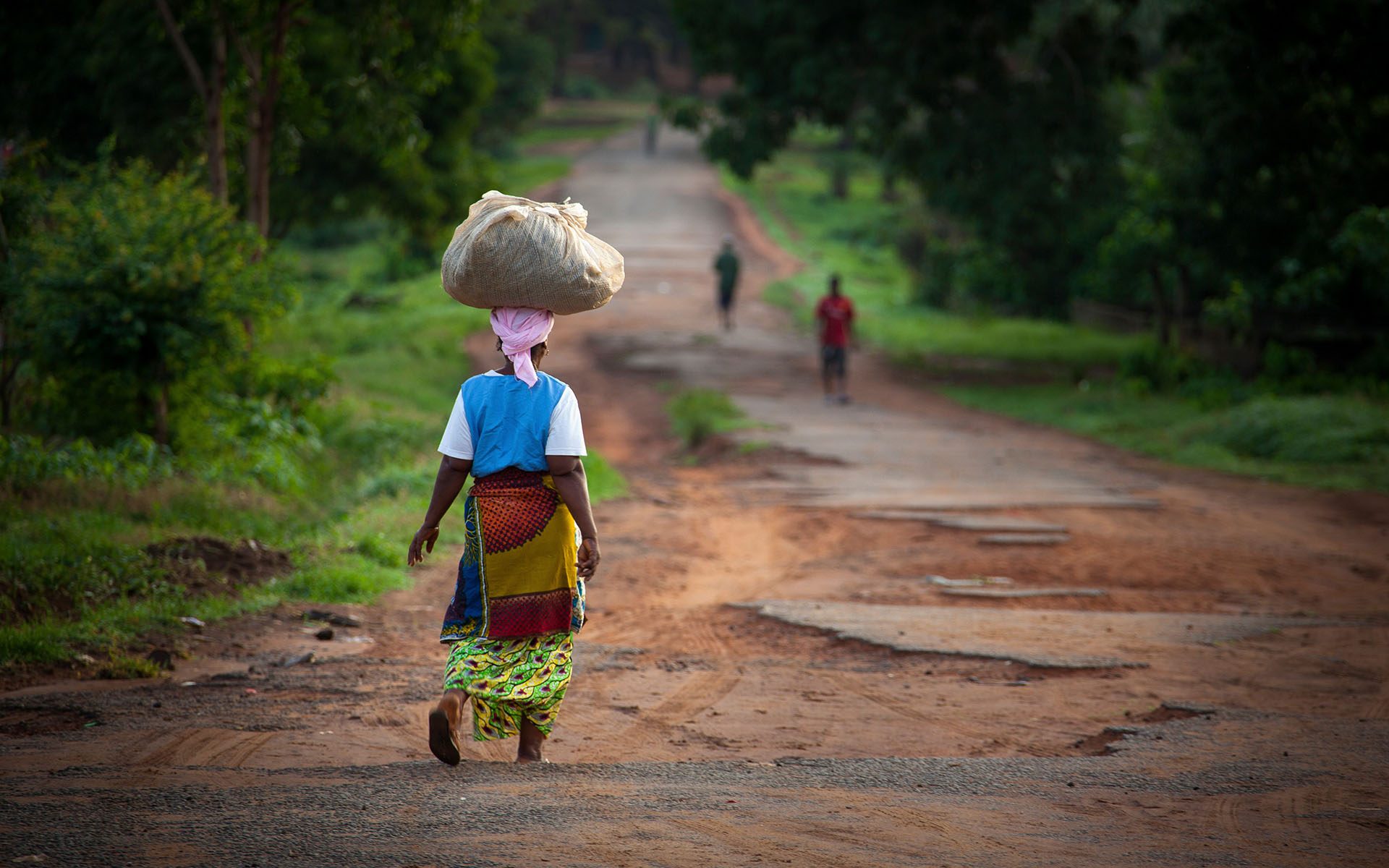UF researcher Calistus Ngonghala uses math to understand the spread — and prevention — of disease in sub-Saharan Africa.
For UF mathematical biology professor Calistus Ngonghala, researching the relationship between poverty and disease is more than an academic endeavor. Ngonghala grew up in rural Cameroon in central Africa in the 1980s, with friends and family living a subsistence lifestyle. He witnessed the devastating social impact infectious diseases such as HIV and malaria can inflict, recognizing that disease and poverty can reinforce one another and force a community into a poverty trap.
“If you were sick, you walked many miles or squeezed into a compact car to ride ill-kept roads to see a doctor, or suffered with the illness,” says Ngonghala. All of these options degrade an individual’s ability to support oneself, whether due to the incursion of medical expenses, or by lost work time and attendant lost wages. In turn, this degradation exacerbates the problems of poverty, creating a deeper trap from which to climb. “I knew this was the problem I wanted to solve when I left for college. It’s grown up inside me.”
Ngonghala points out that not all poverty is the same, and not all relief efforts achieve desired goals. “We can apply a patch to a poverty-stricken area. For example, we can send in food. And that might be what one community needs to survive, but another area may be in need of something else, like medical supplies. There’s no one Band-aid that works everywhere.” Also, one-time relief efforts might work for some cases, but can be problematic in other situations. For example, sending food to an area enduring persistent extreme poverty may temporarily elevate an individual’s well-being within that state of poverty, but it won’t eliminate it. Eventually, the food is eaten or the supplies are depleted, and the relief recipient is back to square one.
In order for relief efforts to be considered a “sustainable good,” they require coordination of resources and oversight. While this may sound like an enormous task, Ngonghala points to the east African country Rwanda as an example of poverty, disease, and recovery. After the brutal Rwandan genocide in 1994, the country descended into extreme poverty. Minimal resources were available, human capital was unskilled, and most of the population was undernourished and demoralized. The Rwandan government used its relief funds to strategically implement systemic overall changes, initially providing broad access to health care. Healthier people made for more efficient workers more readily able to contribute to the economy. Today, Rwanda is growing in health, education and income, with disease rates that have dropped by as much as 80 percent and a life span that has doubled.
To allow other communities or countries to experience this sort of recovery, Ngonghala has built and is testing a mathematical framework that can be modified to accommodate a wide range of environments and positively impact future policy measures. “Initially we think of the extreme examples of poverty, where many people are unhealthy and have limited access to food, water and other basic resources. But poverty is also a problem in wealthy countries, even if much of the population is generally healthy. Once the framework is ready, we plan to take this to every government that will listen.”
